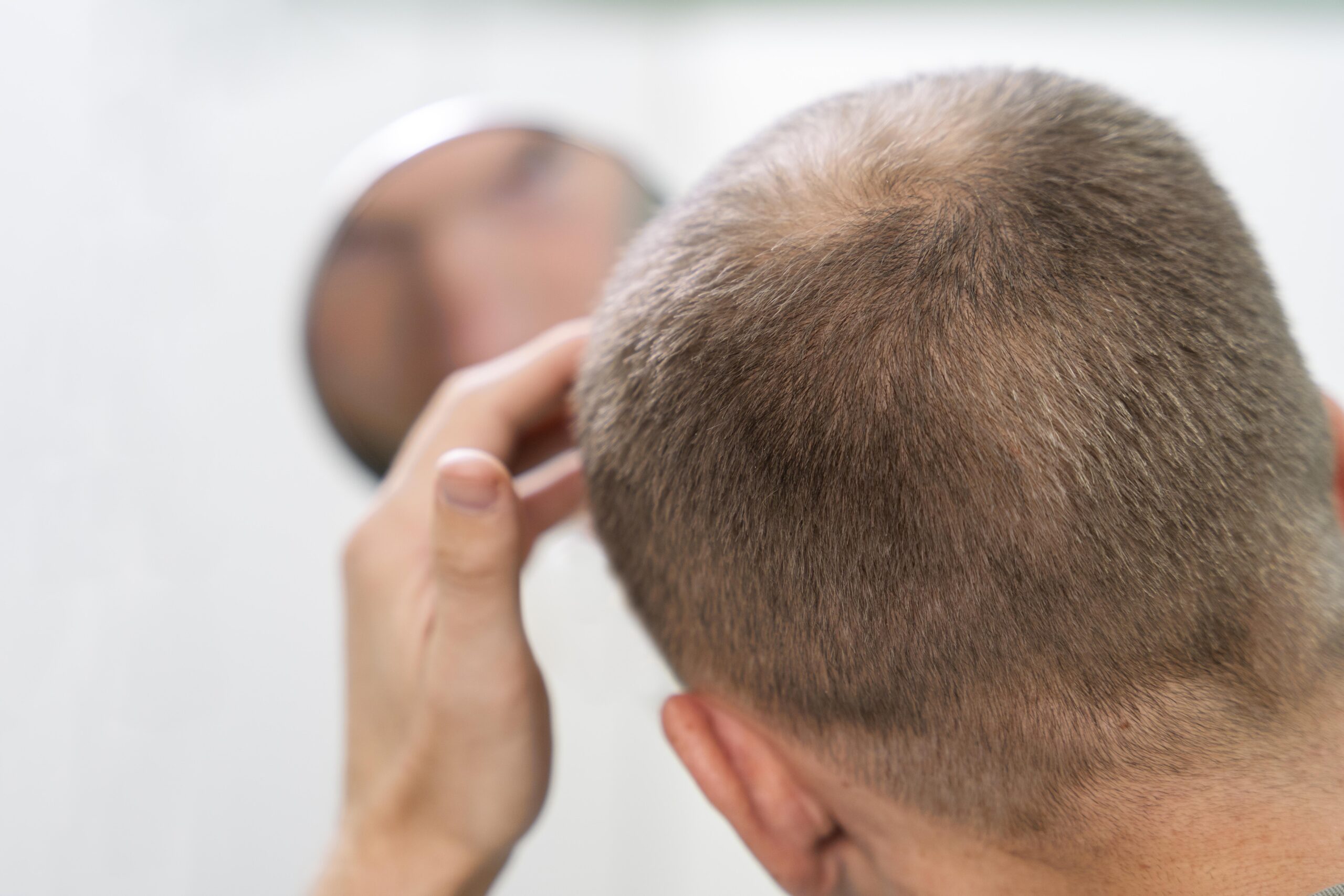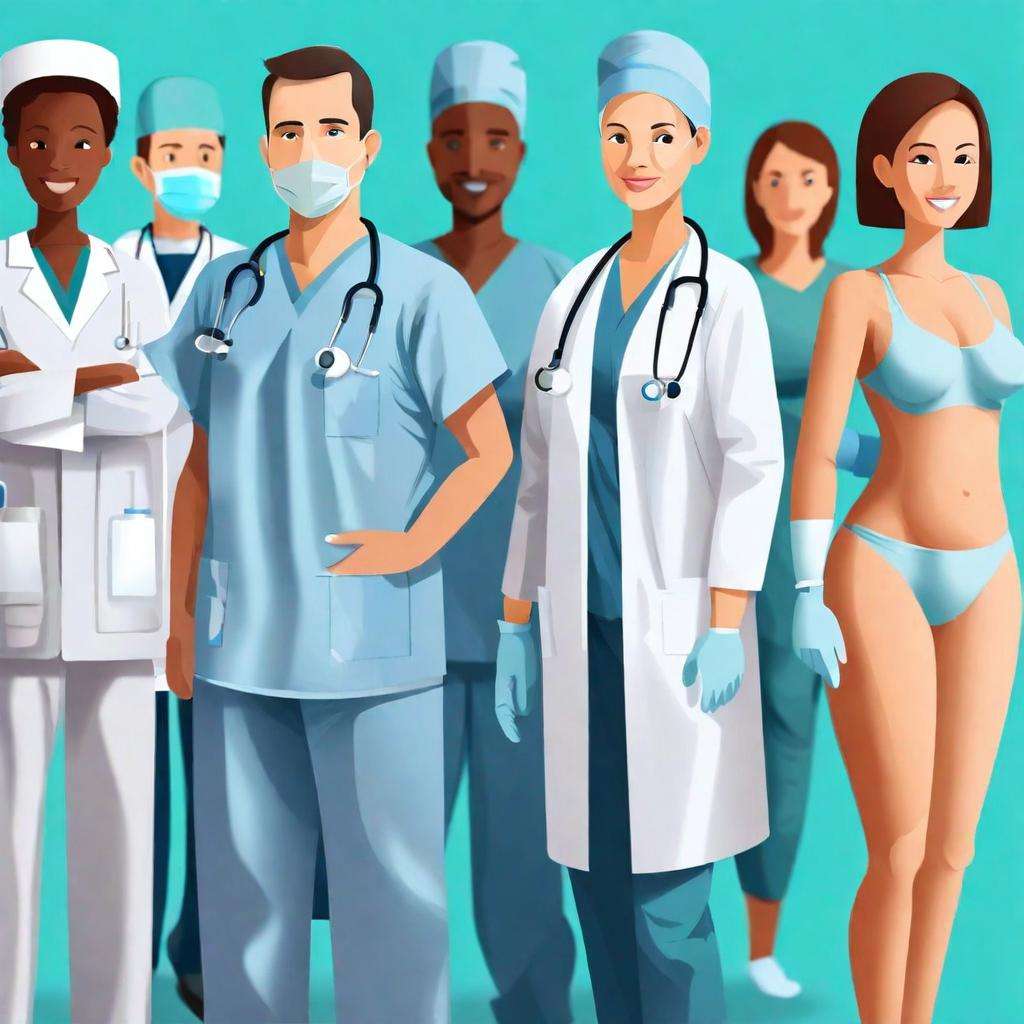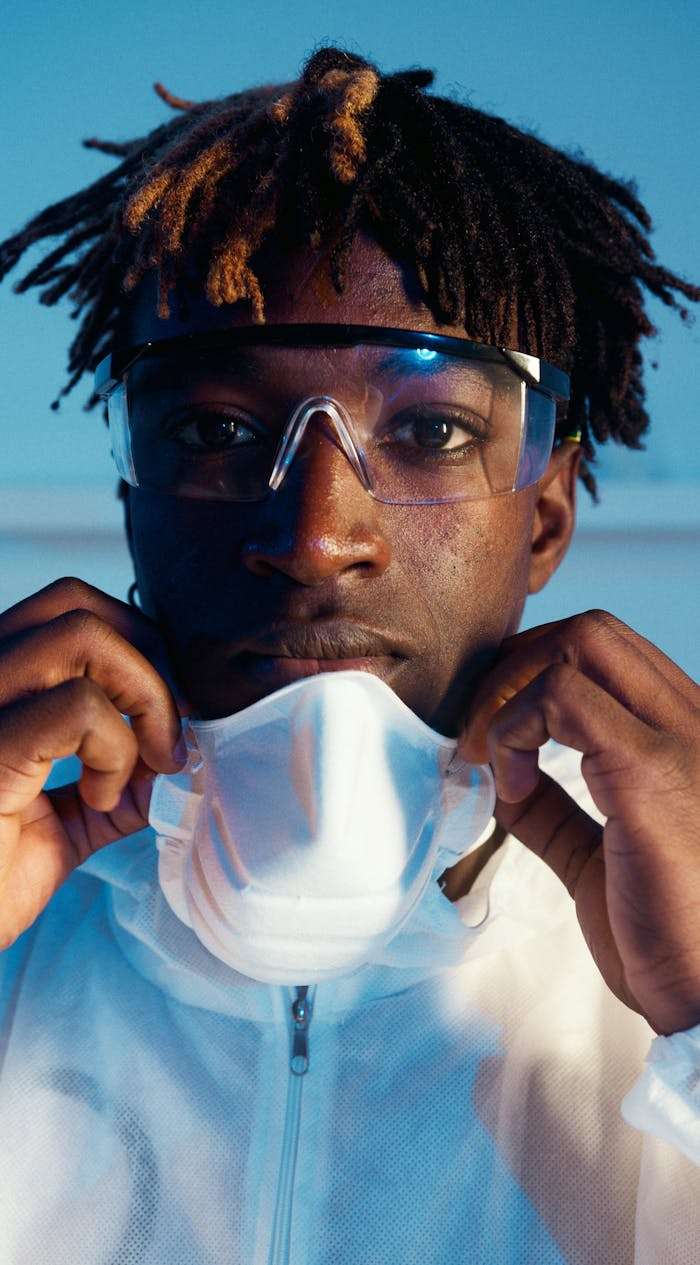Hair loss is a widespread concern that affects millions of people globally, impacting both men and women across various age groups. Whether you’re noticing more strands on your brush or thinning patches on your scalp, hair loss can feel overwhelming. The good news? With the right knowledge and approach, you can often manage hair fall, slow its progression, and, in some cases, promote hair regrowth. This blog dives deep into the hair fall reasons, effective hair fall treatments, and practical tips for hair fall control, including the role of DHT and DHT blockers, Minoxidil, hair fall shampoo, hair fall control oil, and when to seek a hair fall doctor near me. Drawing from medical insights, scientific research, and practical advice, this guide is designed to be easy to understand, engaging, and valuable for anyone looking to take control of their hair health.
1. Introduction: The Emotional and Physical Impact of Hair Loss
Hair is often seen as a symbol of vitality and identity, so losing it can be distressing. According to the American Hair Loss Association, by age 50, approximately 85% of men and 40% of women experience noticeable hair loss, with over 56 million people in the U.S. alone affected. In the UK, around 6.5 million men and 8 million women deal with hair thinning or baldness. While losing 50-100 hairs daily is normal as part of the hair growth cycle, excessive shedding—beyond 100 strands per day—may signal a problem.
Hair loss, medically known as alopecia, can stem from various causes, and understanding these is the first step toward effective hair fall control. This blog will explore why hair falls out, how hormones like DHT contribute, and what treatments, from Minoxidil to natural remedies, can help. We’ll also provide practical tips to answer the common question, “how to stop hair fall”, and guide you on when to consult a hair fall doctor near me. Our goal is to empower you with evidence-based solutions while setting realistic expectations, avoiding false promises of overnight miracles.
2. Understanding Hair Loss: Common Causes and Triggers
Hair loss can result from a variety of factors, ranging from genetics to lifestyle choices. Identifying the root cause is essential for choosing the right hair fall treatment. Below are the primary hair fall reasons:
a. Genetic Factors (Androgenetic Alopecia)
- What is it? Androgenetic alopecia, also known as male or female pattern baldness, is the most common form of hair loss, accounting for 95% of cases in men and 40% in women by age 50.
- How does it happen? It’s driven by a genetic sensitivity to DHT (dihydrotestosterone), a hormone that shrinks hair follicles, leading to thinner, shorter hair that eventually stops growing.
- Patterns: Men typically experience a receding hairline and thinning at the crown, forming an “M” shape, while women notice diffuse thinning, especially at the part line.
b. Hormonal Changes
- Pregnancy and Postpartum: Hormonal shifts during and after pregnancy can cause temporary hair shedding, known as telogen effluvium.
- Menopause: Declining estrogen levels can lead to thinning hair in women.
- Thyroid Disorders: Both hypothyroidism and hyperthyroidism disrupt the hair growth cycle, causing shedding.
c. Medical Conditions
- Alopecia Areata: An autoimmune condition where the immune system attacks hair follicles, leading to patchy hair loss. It affects about 2% of people worldwide, or roughly 7 million in the U.S.
- Chronic Illnesses: Conditions like diabetes, lupus, or severe infections can trigger hair loss.
- Nutritional Deficiencies: Lack of essential nutrients like iron, zinc, biotin, or protein can weaken hair, leading to increased shedding.
d. Lifestyle and Environmental Factors
- Stress: Chronic stress can push hair follicles into a resting phase, causing telogen effluvium, where large amounts of hair fall out suddenly.
- Poor Diet: Diets low in protein, iron, or vitamins can weaken hair strands.
- Harsh Hair Care Practices: Overuse of heat styling tools, chemical treatments (e.g., bleaching, perming), or tight hairstyles (e.g., braids, ponytails) can cause traction alopecia or hair breakage.
- Environmental Damage: Pollution, hard water, and UV exposure can weaken hair and clog follicles.
e. Medications and Treatments
- Chemotherapy: Known for causing widespread hair loss (anagen effluvium) due to its impact on rapidly dividing cells, including hair follicles.
- Other Medications: Drugs like antidepressants, blood thinners, or beta-blockers may lead to hair shedding as a side effect.
| Cause | Description | Reversible? |
|---|---|---|
| Androgenetic Alopecia | Genetic sensitivity to DHT, causing pattern baldness. | Partially |
| Hormonal Changes | Pregnancy, menopause, or thyroid issues disrupt hair growth. | Often |
| Alopecia Areata | Autoimmune attack on hair follicles, leading to patchy loss. | Sometimes |
| Nutritional Deficiencies | Lack of iron, zinc, or protein weakens hair. | Yes |
| Stress | Chronic stress triggers telogen effluvium, causing temporary shedding. | Yes |
| Harsh Hair Care | Tight hairstyles or chemical treatments damage hair and follicles. | Yes |
| Medications/Treatments | Chemotherapy or certain drugs cause hair loss. | Often |
3. The Role of DHT in Hair Loss: A Key Culprit
DHT (dihydrotestosterone) is a hormone that plays a significant role in hair loss, particularly in androgenetic alopecia. Understanding its impact is crucial for effective hair fall treatment.
What is DHT?
- Definition: DHT is an androgen hormone derived from testosterone through the action of the enzyme 5-alpha reductase. It’s essential for male development, contributing to traits like facial hair and muscle mass.
- Role in Hair Loss: In individuals with a genetic predisposition, DHT binds to receptors in hair follicles, causing them to shrink (miniaturization). This leads to thinner, weaker hair that eventually stops growing.
- Prevalence: Men are more affected due to higher testosterone levels, but women can also experience DHT-related hair loss, especially post-menopause when estrogen levels drop.
How DHT Causes Hair Loss
- Mechanism: DHT shortens the hair growth cycle (anagen phase) and prolongs the resting phase (telogen phase), leading to smaller follicles and less hair production.
- Evidence: Studies show higher DHT levels in balding scalp areas compared to non-balding areas, confirming its role in hair loss.
- Symptoms: Gradual thinning, receding hairline in men, or diffuse thinning in women.
DHT Blockers: A Targeted Solution
- What are they? DHT blockers inhibit 5-alpha reductase, reducing DHT production and slowing hair loss.
- Medications:
- Finasteride (Propecia): FDA-approved for men, it reduces DHT levels by up to 70%, slowing hair loss and promoting regrowth in 80-90% of users within 6-12 months. Side effects are rare but may include reduced libido.
- Dutasteride: A stronger DHT blocker, used off-label for severe cases.
- Natural Options: Some foods (e.g., green tea, pumpkin seeds) and supplements (e.g., saw palmetto) may reduce DHT, but evidence is limited and less robust than medications.
- Considerations: Always consult a hair fall doctor near me before starting DHT blockers, as they’re not suitable for everyone, especially women of childbearing age due to potential risks to male fetuses.
4. Effective Treatments for Hair Loss and Regrowth
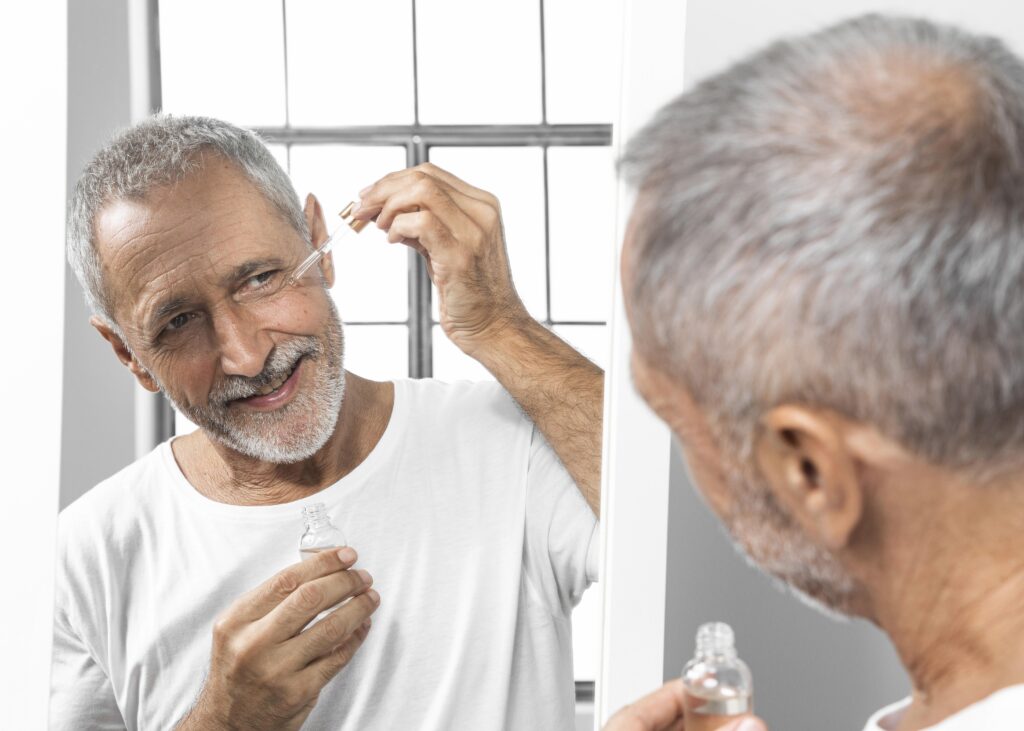
There are several evidence-based treatments for hair fall control and hair regrowth, ranging from medications to surgical options. Below is a detailed look at the most effective approaches.
a. Medications
Minoxidil (Rogaine)
- What is it? Originally developed for high blood pressure, Minoxidil is a topical treatment (2% or 5% solution/foam) and, in low doses, an oral medication for hair loss. It’s FDA-approved for androgenetic alopecia.
- How it works: Minoxidil prolongs the anagen (growth) phase of hair follicles and increases blood flow to the scalp, promoting thicker, longer hair. It may also reverse follicle miniaturization.
- Who can use it? Both men and women, though women typically use the 2% solution once daily, while men use the 5% solution or foam twice daily.
- Results: Hair regrowth may start after 2-4 months, with optimal results after 6-12 months. About 60-80% of users see reduced shedding, and 30-40% experience regrowth.
- Side Effects: Common side effects include scalp irritation, initial shedding (temporary), and unwanted facial hair growth if misapplied. Oral Minoxidil may cause systemic effects like fluid retention, so it requires medical supervision.
- Availability: Topical Minoxidil is available over-the-counter, while oral Minoxidil requires a prescription.
Finasteride (Propecia)
- What is it? A prescription hair fall tablet for men that blocks DHT production.
- How it works: By inhibiting 5-alpha reductase, it reduces DHT levels, slowing hair loss and promoting regrowth in some cases.
- Results: Studies show 80-90% of men experience reduced hair loss, and 65% see regrowth after 1-2 years.
- Side Effects: Rare side effects include sexual dysfunction (1-2% of users), which typically resolves upon discontinuation.
- Note: Not approved for women due to potential risks during pregnancy.
Other Medications
- Spironolactone: Used off-label for women with androgenetic alopecia, it reduces androgen levels.
- Biotin Supplements: May help if hair loss is due to biotin deficiency, but evidence for general hair loss is weak.
b. Natural and Alternative Remedies
While less studied, some natural remedies may support hair fall control:
- Essential Oils: Rosemary, lavender, and peppermint oils, when massaged into the scalp, may improve circulation and promote hair growth. A 2015 study found rosemary oil to be as effective as 2% Minoxidil for androgenetic alopecia.
- Scalp Massages: Regular massages (5-10 minutes, 2-3 times weekly) with oils like coconut or almond can enhance blood flow and nourish the scalp.
- Aloe Vera: Soothes the scalp and may reduce dandruff, supporting hair health.
- Ayurvedic Treatments: Practices like Shirodhara (pouring warm oil on the scalp) and Shiro Abhyanga (scalp massage with oils like Bhringraj) are used in Ayurveda to nourish hair roots and reduce hair fall.
| Treatment | Type | Effectiveness | Side Effects |
|---|---|---|---|
| Minoxidil | Topical/Oral | 60-80% reduce shedding | Scalp irritation, initial shedding |
| Finasteride | Oral (Men only) | 80-90% reduce loss | Rare sexual side effects |
| Rosemary Oil | Natural | Mildly effective | Minimal, possible skin irritation |
| Scalp Massage | Natural | Supportive | None |
c. Surgical and Advanced Therapies
- Hair Transplants: Techniques like Follicular Unit Extraction (FUE) or Follicular Unit Transplantation (FUT) move hair follicles from donor areas to balding areas. Success rates are high (80-90%), but costs range from $4,000-$15,000.
- Platelet-Rich Plasma (PRP): Involves injecting concentrated plasma from your blood into the scalp to stimulate follicles. Studies show 70% of patients see improved hair density after 3-6 sessions.
- Low-Level Laser Therapy (LLLT): FDA-approved devices like the HairMax Lasercomb use red light to stimulate hair growth. Effectiveness varies, with 30-40% of users seeing improvement.
5. Prevention and Management: Practical Tips for Healthy Hair
Preventing hair loss and maintaining healthy hair involves lifestyle changes and gentle care practices. Here are actionable tips to answer “hair fall kaise roke”:
a. Nutrition for Hair Health
- Key Nutrients: Protein, iron, zinc, biotin, and vitamins A, C, D, and E are essential for hair growth. Include foods like eggs, spinach, salmon, nuts, and berries.
- Diet Tips: Aim for a balanced diet with 50-60 grams of protein daily and adequate iron (8-18 mg for adults). A 2017 study linked Mediterranean diets (rich in vegetables and herbs) to reduced hair loss risk.
- Supplements: Only take supplements like biotin or iron if a deficiency is confirmed, as excess can worsen hair loss.
b. Stress Management
- Impact of Stress: Chronic stress can trigger telogen effluvium, causing sudden shedding. Cortisol, a stress hormone, disrupts the hair growth cycle.
- Techniques: Practice meditation, yoga, or deep breathing for 10-15 minutes daily. Therapy or support groups can also help manage emotional stress related to hair loss.
c. Gentle Hair Care
- Shampoo Wisely: Use a hair fall control shampoo with ingredients like biotin, caffeine, or ketoconazole. Avoid sulfates, which can dry out hair.
- Condition Regularly: Apply a conditioner to hydrate hair and reduce breakage.
- Avoid Heat and Chemicals: Limit blow dryers, straighteners, and chemical treatments. Use a heat protectant if styling is necessary.
- Scalp Care: Massage with hair fall control oil (e.g., coconut, castor, or rosemary) 2-3 times weekly to improve circulation and nourish follicles.
d. Protect from Environmental Damage
- Pollution: Rinse hair after exposure to dust or pollutants to prevent follicle clogging.
- Hard Water: Use a clarifying shampoo to remove mineral buildup from hard water.
- Sun Protection: Wear a hat or use UV-protectant hair products to shield hair from sun damage.
e. Avoid Traction Alopecia
- Loose Hairstyles: Avoid tight ponytails, braids, or extensions that pull on hair.
- Gentle Brushing: Use a wide-tooth comb and avoid brushing wet hair, which is more prone to breakage.
6. When to See a Hair Fall Doctor Near Me
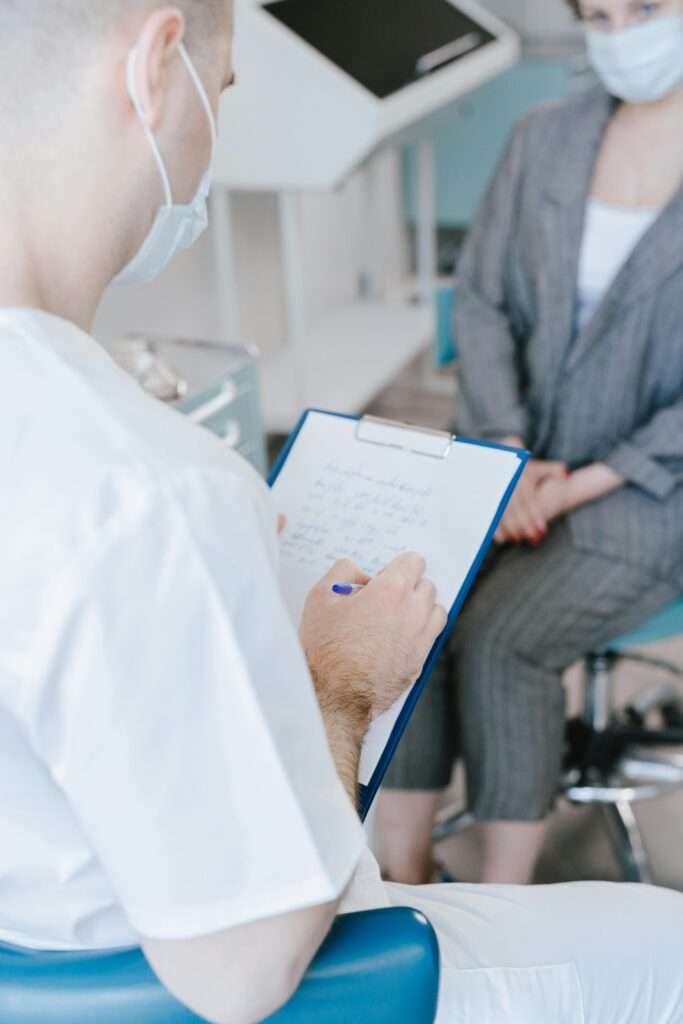
If you’re experiencing excessive hair loss (more than 100 strands daily), patchy baldness, or scalp symptoms like itching or redness, it’s time to consult a hair fall doctor near me. A dermatologist can:
- Diagnose the cause using blood tests, scalp exams, or biopsies.
- Recommend treatments like hair fall tablets (e.g., finasteride, biotin) or advanced therapies like PRP.
- Rule out underlying conditions like thyroid disease or autoimmune disorders.
Seek immediate medical attention if you notice:
- Sudden, patchy hair loss.
- Scalp irritation, burning, or discharge.
- Hair loss accompanied by other symptoms (e.g., fatigue, weight changes).
7. Statistics and Facts: The Scope of Hair Loss
Hair loss is a global issue with significant prevalence and impact:
- Prevalence: Over 56 million people in the U.S. and 160 million worldwide experience hair loss. By age 35, 66% of men and 12% of women notice thinning.
- Demographics: Men are more affected (85% by age 50) than women (40% by age 50). Native Americans are less prone to androgenetic alopecia due to lower DHT sensitivity.
- Economic Impact: The hair loss treatment market was valued at USD 52.37 billion in 2022 and is projected to reach USD 88.18 billion by 2030.
- Psychological Effects: Hair loss can lead to anxiety, depression, and reduced self-esteem, with 47% of sufferers willing to spend their life savings on restoration.
- Normal Shedding: Losing 50-100 hairs daily is normal, but washing can increase this to 150 hairs.
8. Realistic Expectations: What Can You Achieve?
Managing hair loss requires patience and realistic expectations:
- Timeframe: Most treatments, like Minoxidil or finasteride, take 6-12 months to show results. Natural remedies may take longer.
- Effectiveness: Medications can slow hair loss in 80-90% of users, but regrowth occurs in only 30-65% of cases, depending on the stage of hair loss.
- Limitations: Advanced baldness or scarring alopecia may not respond to non-surgical treatments. Hair transplants are effective but costly.
- Avoid False Hope: Be wary of products claiming instant results, as many lack scientific backing. Always consult a dermatologist for evidence-based solutions.
9. Coping with the Emotional Impact
Hair loss can affect self-esteem and mental health. Here are ways to cope:
- Support Groups: Join communities like the National Alopecia Areata Foundation (NAAF) or online forums to connect with others.
- Counseling: Therapy can help address anxiety or depression related to hair loss.
- Styling Solutions: Use wigs, hairpieces, or creative hairstyles to boost confidence while pursuing treatment.
Conclusion: Taking Charge of Your Hair Health
Hair loss is a complex but manageable condition. By understanding hair fall reasons, exploring treatments like Minoxidil, DHT blockers, and hair fall control shampoo, and adopting healthy habits, you can take proactive steps toward hair fall control and hair regrowth. Whether you’re using a hair fall control oil, adjusting your diet, or consulting a hair fall doctor near me, consistency is key. While not all hair loss can be reversed, early intervention and personalized care can make a significant difference. Start your journey to healthier hair today by taking small, informed steps and seeking professional guidance when needed.
